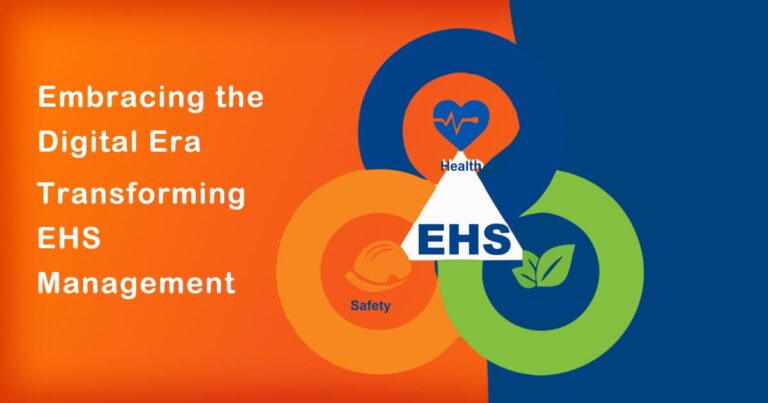Introduction
Effective facility management is vital for the seamless operation of government facilities. Government buildings, offices, and public spaces require meticulous maintenance to ensure they function optimally, offer a safe environment, and serve the needs of the citizens efficiently. The key to mastering facility management lies in tracking and optimizing essential Key Performance Indicators (KPIs). In this article, we will explore four critical KPIs – MTTA, MTTR, MTBF, and MTTF – that can transform you into a superhero of improvisation in government facility management.
1) Mean Time to Acknowledge (MTTA)
Mean Time to Acknowledge (MTTA) is the average time taken from the moment a maintenance request is submitted to the moment it is acknowledged by the facility management team. A prompt acknowledgement is essential in government facilities, as it demonstrates responsiveness and enhances citizen satisfaction.
Example: Consider a government office where citizens can report maintenance issues through an online portal or helpline. If the MTTA is high, it indicates delays in acknowledging requests, leading to frustrated citizens. By implementing efficient systems, such as automated ticketing and real-time notifications, the MTTA can be significantly reduced, ensuring timely attention to reported issues.
2) Mean Time to Repair (MTTR)
Mean Time to Repair (MTTR) is the average time taken to repair a faulty asset or resolve a maintenance issue from the moment it was reported. MTTR is a crucial KPI, as it directly impacts the downtime experienced by government facilities.
Example: In a government hospital, medical equipment plays a critical role in patient care. If an essential medical device malfunctions, a prolonged MTTR could affect patient outcomes. By maintaining a well-trained maintenance team and ensuring a readily available inventory of spare parts, the MTTR can be minimized, improving the efficiency of the healthcare facility.
3) Mean Time Between Failures (MTBF)
Mean Time Between Failures (MTBF) represents the average time that elapses between two successive failures of an asset. This KPI is particularly relevant for assets with a high failure rate, and it helps in identifying the reliability and performance of equipment.
Example: In a government data center, servers are essential assets that require uninterrupted operation. Frequent server failures would lead to disruptions in various government services. By tracking the MTBF of servers and addressing the root causes of failures, the facility management team can optimize maintenance schedules and ensure improved data center performance.
4) Mean Time to Failure (MTTF)
Mean Time to Failure (MTTF) indicates the average time an asset is expected to function without experiencing a failure. This KPI is especially valuable in preventive maintenance, as it helps in planning maintenance activities proactively.
Example: In a government transportation department, fleet vehicles are crucial assets for public services. By monitoring the MTTF of different vehicle models, the facility management team can identify those with higher reliability and prioritize their usage for critical operations. Additionally, this information can aid in determining optimal replacement schedules to avoid unexpected breakdowns.
Conclusion
In conclusion, mastering these four key performance indicators – MTTA, MTTR, MTBF, and MTTF – can turn you into a superhero of improvisation in government facility management. By improving response times, reducing downtime, enhancing asset reliability, and planning preventive maintenance efficiently, government facilities can run smoothly and provide the best possible services to citizens.
Implementing technology-driven solutions, such as facility management software, IoT-based asset monitoring, and predictive analytics, can further empower facility managers to excel in their roles. Striving for continuous improvement and innovation in facility management will undoubtedly contribute to the overall success of government institutions and contribute to a better quality of life for citizens.








